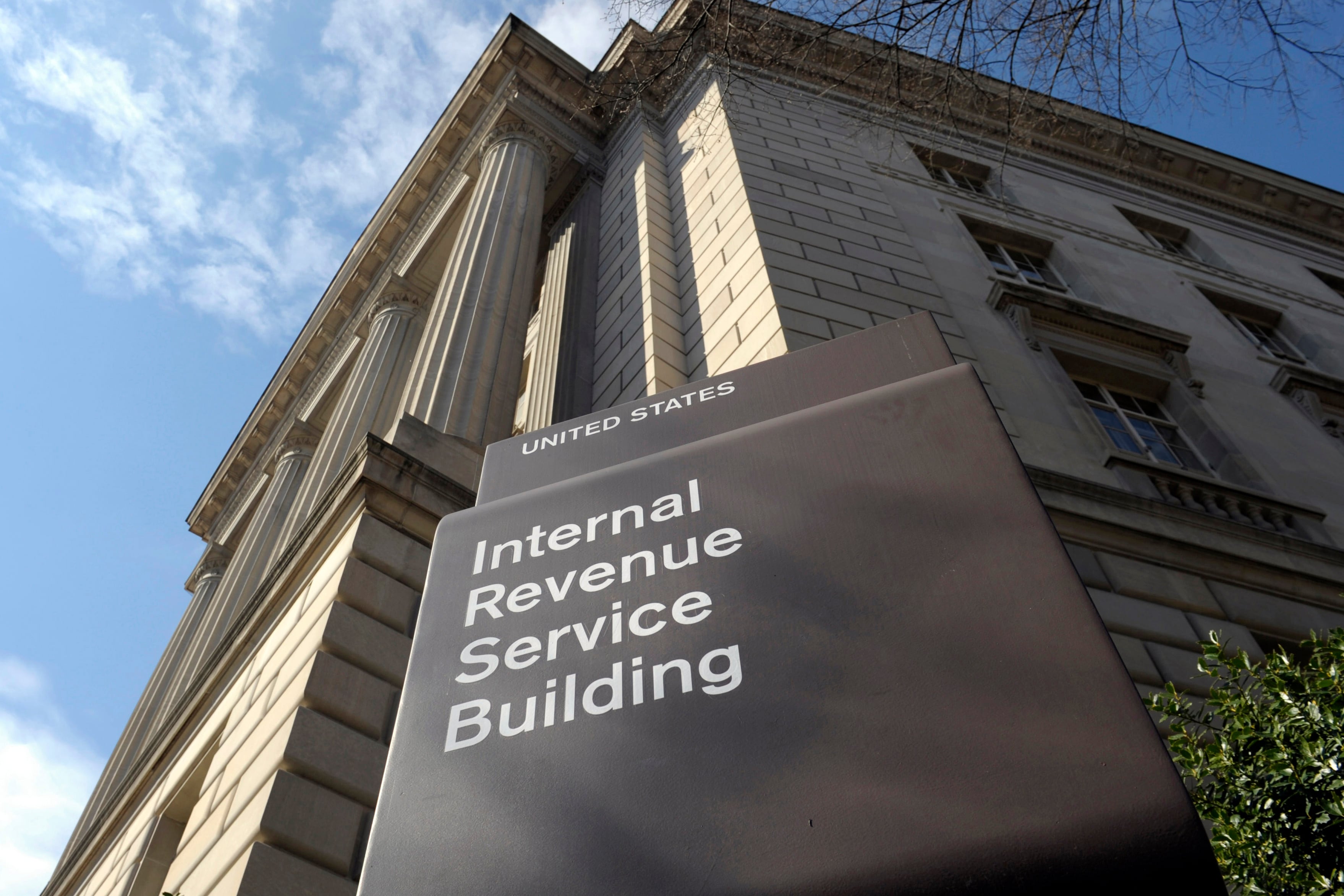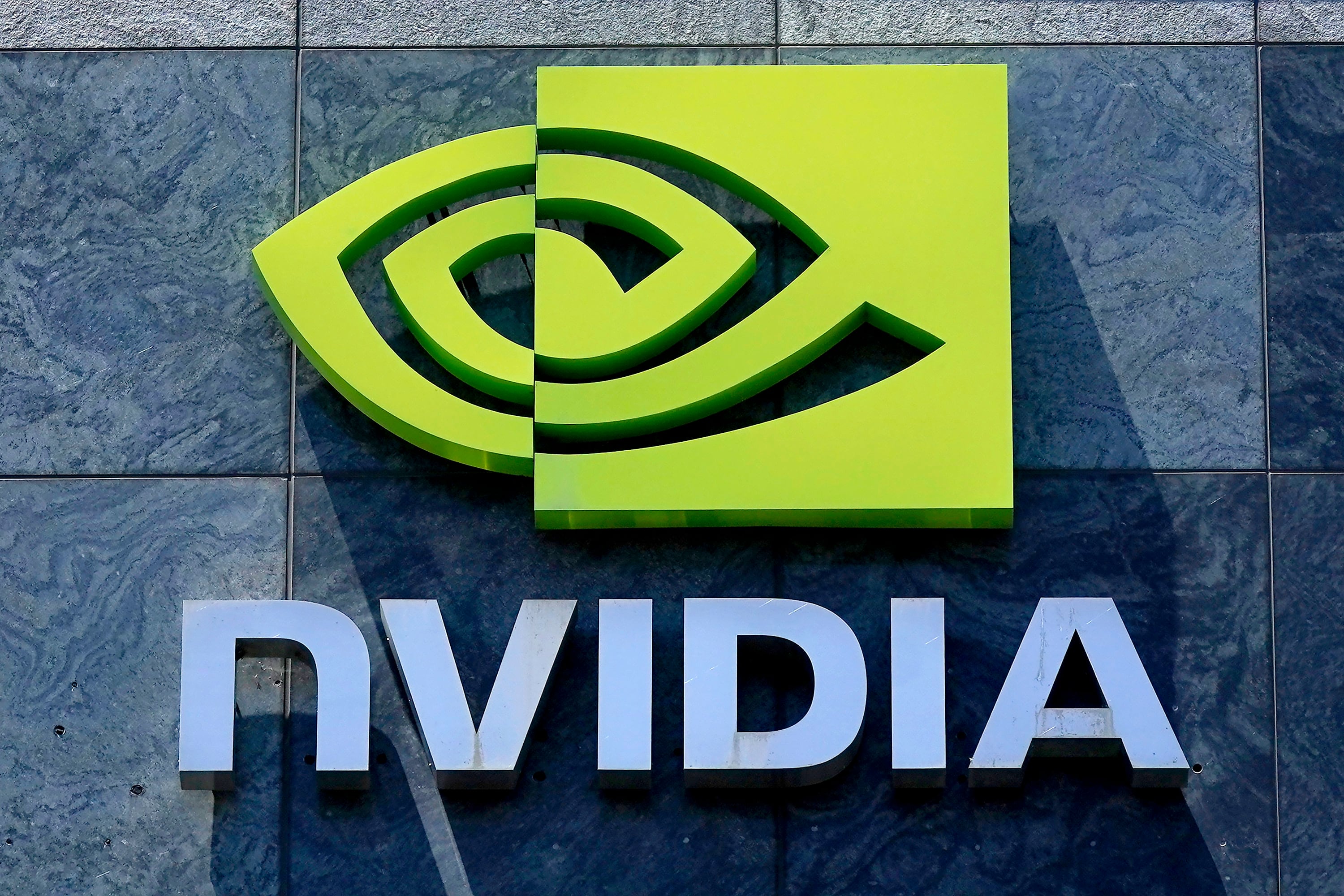*By Nora Ali* $3.3 billion dollars. Was it worth it? That’s the price that retail giant Walmart paid in 2016 to acquire Jet.com, in what was then the biggest e-commerce acquisition in history. Some speculated it was an acqui-hire to inject young tech talent into the Walmart ecosystem, or a way to snag Jet’s prolific founder, Marc Lore. Now, Jet is completely relaunching, with its eyes fixed on the city-dwelling consumer. And with the relaunch, former start-up will have the chance to prove it was worthy of Walmart’s shelling out the big(gest) bucks. But why is this relaunch a big deal? For one, Jet is micro-targeting the highly coveted, discerning and higher-income urban customer. This is a demographic that Walmart has been unable to attract –– since the brand tends to appeal to suburban or rural folk. Part of Jet’s strategy –– and arguably, its most interesting –– is localization. At this point, Amazon hasn’t shown interest in investing in experiences that are specific to certain cities. The e-commerce giant is too busy with mass-market escalation, growing its higher-margin businesses like “Amazon Web Services,” advertising, and ramping up its original- content game. Jet’s localization strategy starts with New York City. If customers are accessing Jet from an IP address in the city, they see an image of the famous skyline. Even the “Grocery” category has been renamed as “City Grocery,” as if to say: “we may be a mass retailer, but we get you.” To that end, Jet has partnered with several New York-based businesses: Big Gay Ice Cream, Bedford Cheese Shop, and Van Leeuwen, to name a few. Through these, Jet hopes to foster a sense of community that customers are not likely to see on Amazon’s or Walmart’s websites. Jet hopes to expand this localization to other major cities over time. The company is also going all-in on the grocery sector, the company’s biggest bet. Lore, Jet’s CEO, has often advised his employees that whichever brand wins the online grocery wars will conquer online retail. With the relaunch, Jet is promising a three-hour delivery window in certain cities. But Fresh Direct has a two-hour window and Amazon Fresh offers a slimmer one-hour frame. Jet’s window will have to tighten in the future as the online grocery space becomes more crowded. Competition is intense in the grocery delivery business. Amazon is rapidly expanding its Whole Food delivery service nationwide. Grocery giant Kroger is partnering with UK-based store Ocado to develop sophisticated delivery and automation technology and piloting driverless deliveries with robotics start-up Nuro. Smaller, urban companies like Foodkick are winning over urban customers with their premium assortment. For its next phase, Jet is betting on its various partnerships with the brands favored by millennials . Come October, Jet and Nike will enter a strategic partnership to offer consumers Nike and Converse products in a fully-branded experience. Nike will get its own landing page featuring the kinds of sleek, modern imagery associated with the athletic-wear company. Jet hoping that it (and not Walmart or Amazon) will be able to develop partnerships with the types of brands that younger consumers consider cool. Another part of the relaunch is Siri integration for Apple products. Customers can add to their shopping list via Siri, as in “Siri, add Pizza Rolls to my cart.” Conversational commerce –– where users shop by texting or voice command –– has been a buzz-phrase for a while, but no company has been able to execute it successfully. But if Jet is able to court that younger, higher-income audience, then the adoption of voice shopping may be more successful. Will Jet succeed in capturing the audience that Walmart so desperately wants? If it can pull off this rebrand while maintaining the critical parts of e-commerce –– reasonable prices, desired assortment, and accurate deliveries – then the brand has a chance. Yet Jet’s business model still remains in question. It launched as a membership model – the Costco of the internet, in a sense – but Jet quickly back-tracked, opting instead to allow customers to shop for free. As a result, Jet has been in a constant battle to settle on the right pricing strategy. Should prices drop as you shop? Should the order minimum be increased? Should the the company introduce new fees? (In the case of scheduled delivery, yes: a $5.95 fee for each order). Jet’s target demographic largely already has Amazon Prime memberships. At its initial launch Jet was, maybe ironically, touted as the future “Amazon killer” (not an actual thing… Amazon is a trillion-dollar company, after all). Thursday’s relaunch is the biggest and boldest move Jet has made since its acquisition, but the bigger question is: Can Jet simultaneously co-exist in customers’ lives with Amazon while at the same time helping Walmart win over the customers who have, thus far, rejected it? *Cheddar news anchor Nora Ali is a former senior product manager for Jet.com*












